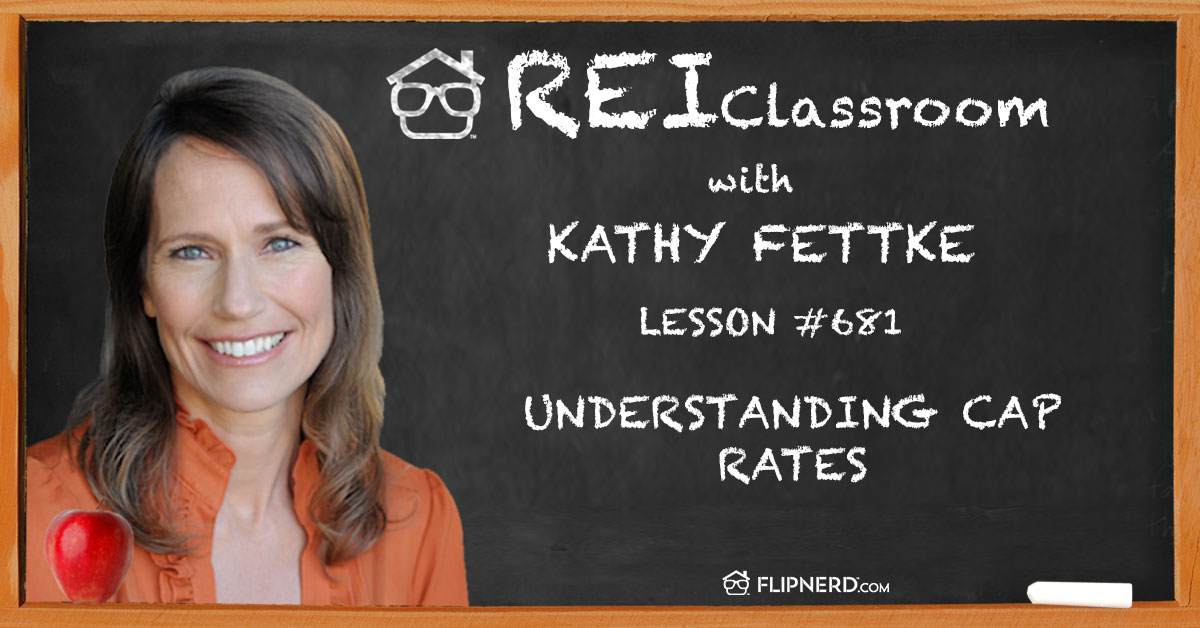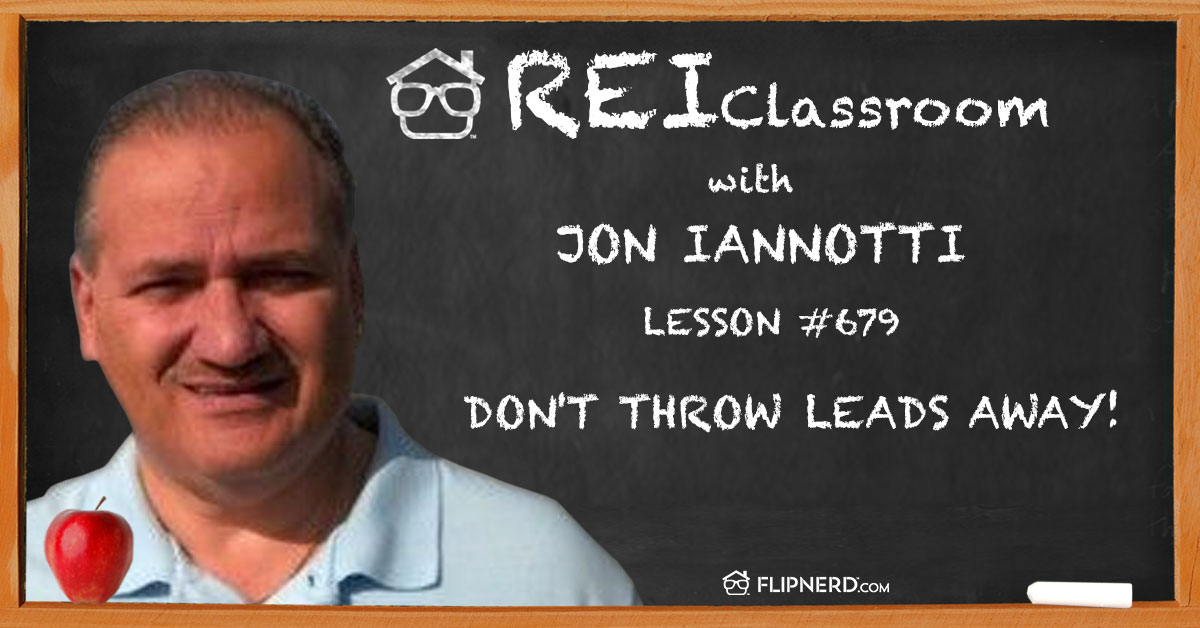Today’s REI Classroom Lesson
Tim Norris breaks down what co-insurance is when it comes to rental properties.
REI Classroom Summary
Today, Tim Norris talks to us about co-insurance and how it comes into effect with repairs and rebuilds on rental properties.
Listen to this REI Classroom Lesson
Real Estate Investing Classroom Show Transcripts:
Mike: Welcome back to the FlipNerd.com REI Classroom where experts from across the real estate investing industry teach you quick lessons to take your business to the next level. And now, let’s meet today’s expert host.
Tim: Good afternoon folks. My name is Tim Norris and I’m today’s host for the REI Classroom. I’m the president of the National Real Estate Insurance Group based here in Kansas City, Missouri. Today we’re going to talk a little bit about a very commonly misunderstood term especially in the property insurance industry and that is what is known as coinsurance.
Mike: This REI Classroom real estate lesson is sponsored by VirtualStaffNow.com.
Tim: Unlike health insurance where most of us that have our either group or individual health plans, where coinsurance really means that amount of a claim or series of claims if you will, that you are responsible for, like an 80-20 plan. Client pays 80% of a claim, you pay 20% after a given health insurance loss or health insurance situation.
In the property insurance world, it’s quite a bit different. What coinsurance means, and by the way in the Insurance Services Offices which is known as ISO, in their property insurance forms, the explanation for coinsurance is about four to five pages with many, many examples. I’m going to do it here in about three minutes and I’m going to simplify it as much as I can possibly can.
In the property insurance world, what coinsurance means is, at the time of a loss, and typically a coinsurance requirement is 80%, I’ll explain what that means here in just a minute. But at the time of the loss, on a policy that engages a coinsurance requirement, the insurance company will evaluate what it would cost to rebuild that structure. Simply if the amount of insurance that you carry, again, using 80% is a typical coinsurance requirement, is at least 80% of that value that they determine at the time of the loss, then you’ve met the coinsurance requirement.
For instance, you have a loss on a building that you’ve insured. You’ve insured it to $100,000. At the time of the loss the insurance company determines it will cost $120,000 to rebuild that structure. $100,000 of insurance, $120,000 of required coverage relative to that coinsurance requirement, you have in fact in my example, very simple math, met the coinsurance requirement because $100,000 is 80% of $120,000.
Let’s use the same property in the next example. You’ve insured it to a $100,000 but it turns out it was $150,000 to rebuild again and the insurance company’s evaluation at the time of the loss. That short fall percentage-wise at that 80% is levied against your claim settlement in the form of what’s called coinsurance penalty. If you are underinsured by approximately let’s say 17%, you add a $10,000 claim, the insurance company levies the depreciation, they levy the deductible and they levy that coinsurance, that short fall of that 80%.
You can well understand in my example in a policy that requires coinsurance if you have underinsured, that penalty can be fairly significant in a loss. My point here, if you’re going to carry insurance with a coinsurance requirement, make sure the amount of insurance you have is sufficient to meet it at the time of the loss. Or better yet, if you can find an insurance partner or carrier or a company that doesn’t have a coinsurance requirement or an ability to get rid of it, then it’s probably in your best interest to do so.
That’s about it for today folks. We’ll see you next time on the REI Classroom.
Mike: VirtualStaffNow.com is the leading virtual system provider for real estate investors. As busy real estate investors, there’s nothing more valuable than our time and VirtualStaffNow.com not only helps you find the right real estate virtual assistant for your business, they train them on an ongoing basis, manage them daily to make sure they’re staying productive and effective and in the event, they’re not the right fit or need to be replaced, they handle that for you too. Whether you need 1 or 100 virtual assistants for your team, start the process right now at VirtualStaffNow.com.
Please note, the views and opinions expressed by the individuals in this program do not necessarily reflect those of FlipNerd.com or any of its partners, advertisers or affiliates. Please consult professionals before making any investment or tax decisions, as real estate investing can be risky.
Are you a member yet of FlipNerd.com, the hottest real estate investing social community online? If not, you can join for free in less than 30 seconds and get access to hundreds of off-market deals, vendors in your market to help you in your business, and you can start networking with thousands of other investors just like you. Get your free account now at FlipNerd.com.
Please check out the FlipNerd family of real estate investing shows where we host four great ongoing shows at FlipNerd.com/shows. Or simply search for FlipNerd in the iTunes store.
Tim: Good afternoon folks. My name is Tim Norris and I’m today’s host for the REI Classroom. I’m the president of the National Real Estate Insurance Group based here in Kansas City, Missouri. Today we’re going to talk a little bit about a very commonly misunderstood term especially in the property insurance industry and that is what is known as coinsurance.
Mike: This REI Classroom real estate lesson is sponsored by VirtualStaffNow.com.
Tim: Unlike health insurance where most of us that have our either group or individual health plans, where coinsurance really means that amount of a claim or series of claims if you will, that you are responsible for, like an 80-20 plan. Client pays 80% of a claim, you pay 20% after a given health insurance loss or health insurance situation.
In the property insurance world, it’s quite a bit different. What coinsurance means, and by the way in the Insurance Services Offices which is known as ISO, in their property insurance forms, the explanation for coinsurance is about four to five pages with many, many examples. I’m going to do it here in about three minutes and I’m going to simplify it as much as I can possibly can.
In the property insurance world, what coinsurance means is, at the time of a loss, and typically a coinsurance requirement is 80%, I’ll explain what that means here in just a minute. But at the time of the loss, on a policy that engages a coinsurance requirement, the insurance company will evaluate what it would cost to rebuild that structure. Simply if the amount of insurance that you carry, again, using 80% is a typical coinsurance requirement, is at least 80% of that value that they determine at the time of the loss, then you’ve met the coinsurance requirement.
For instance, you have a loss on a building that you’ve insured. You’ve insured it to $100,000. At the time of the loss the insurance company determines it will cost $120,000 to rebuild that structure. $100,000 of insurance, $120,000 of required coverage relative to that coinsurance requirement, you have in fact in my example, very simple math, met the coinsurance requirement because $100,000 is 80% of $120,000.
Let’s use the same property in the next example. You’ve insured it to a $100,000 but it turns out it was $150,000 to rebuild again and the insurance company’s evaluation at the time of the loss. That short fall percentage-wise at that 80% is levied against your claim settlement in the form of what’s called coinsurance penalty. If you are underinsured by approximately let’s say 17%, you add a $10,000 claim, the insurance company levies the depreciation, they levy the deductible and they levy that coinsurance, that short fall of that 80%.
You can well understand in my example in a policy that requires coinsurance if you have underinsured, that penalty can be fairly significant in a loss. My point here, if you’re going to carry insurance with a coinsurance requirement, make sure the amount of insurance you have is sufficient to meet it at the time of the loss. Or better yet, if you can find an insurance partner or carrier or a company that doesn’t have a coinsurance requirement or an ability to get rid of it, then it’s probably in your best interest to do so.
That’s about it for today folks. We’ll see you next time on the REI Classroom.
Mike: VirtualStaffNow.com is the leading virtual system provider for real estate investors. As busy real estate investors, there’s nothing more valuable than our time and VirtualStaffNow.com not only helps you find the right real estate virtual assistant for your business, they train them on an ongoing basis, manage them daily to make sure they’re staying productive and effective and in the event, they’re not the right fit or need to be replaced, they handle that for you too. Whether you need 1 or 100 virtual assistants for your team, start the process right now at VirtualStaffNow.com.
Please note, the views and opinions expressed by the individuals in this program do not necessarily reflect those of FlipNerd.com or any of its partners, advertisers or affiliates. Please consult professionals before making any investment or tax decisions, as real estate investing can be risky.
Are you a member yet of FlipNerd.com, the hottest real estate investing social community online? If not, you can join for free in less than 30 seconds and get access to hundreds of off-market deals, vendors in your market to help you in your business, and you can start networking with thousands of other investors just like you. Get your free account now at FlipNerd.com.
Please check out the FlipNerd family of real estate investing shows where we host four great ongoing shows at FlipNerd.com/shows. Or simply search for FlipNerd in the iTunes store.










